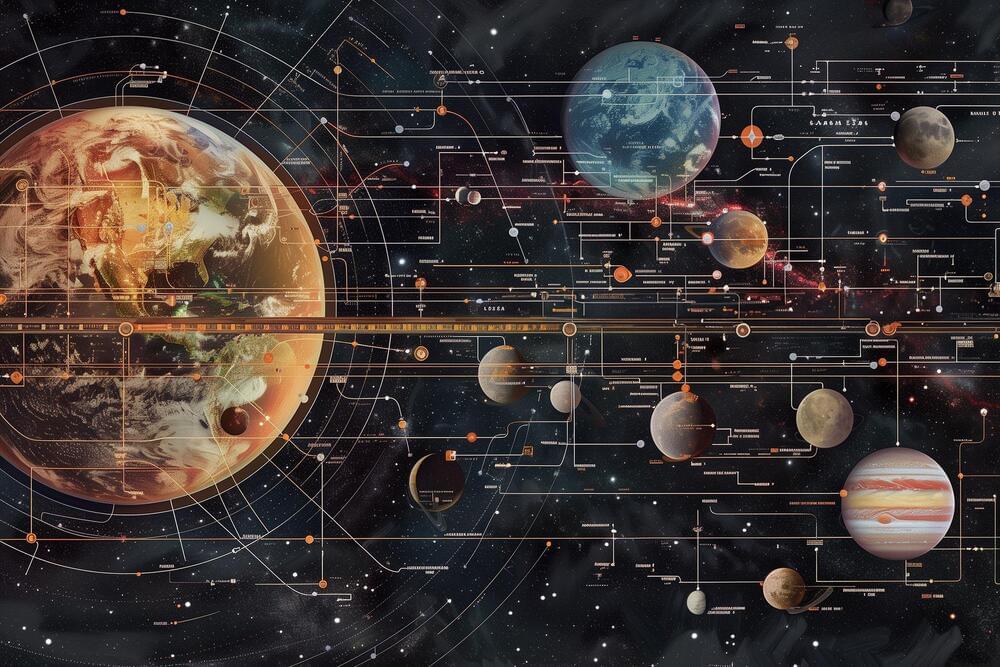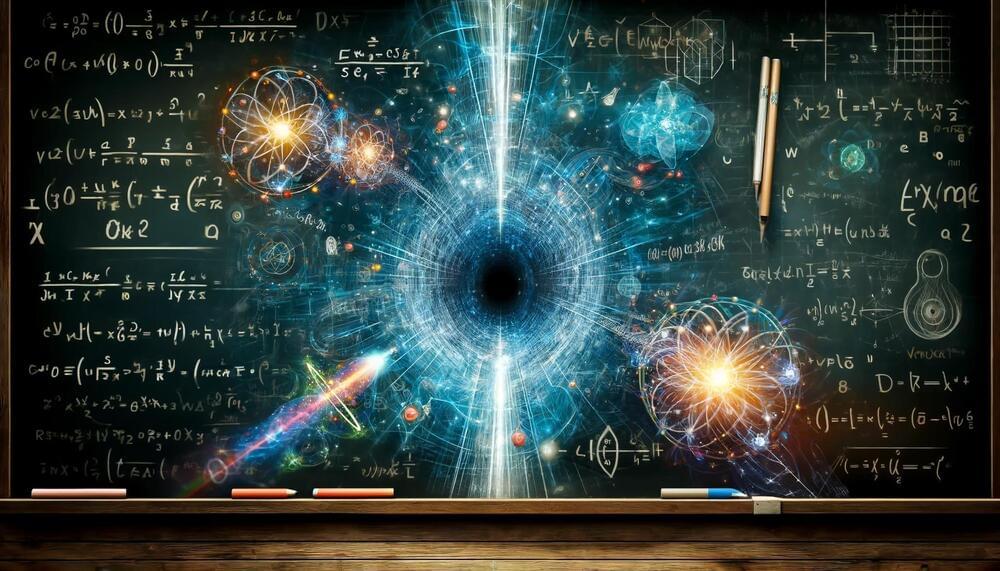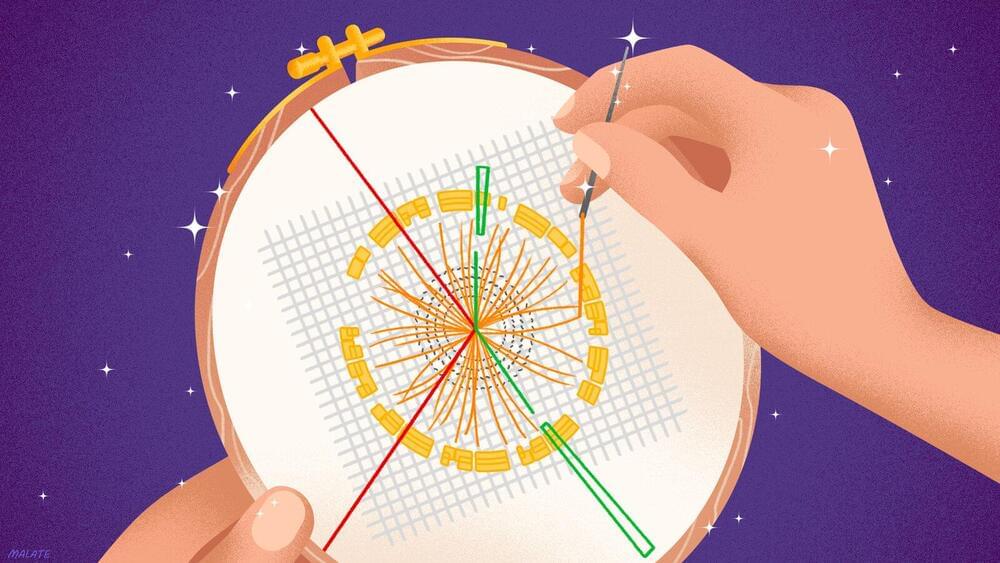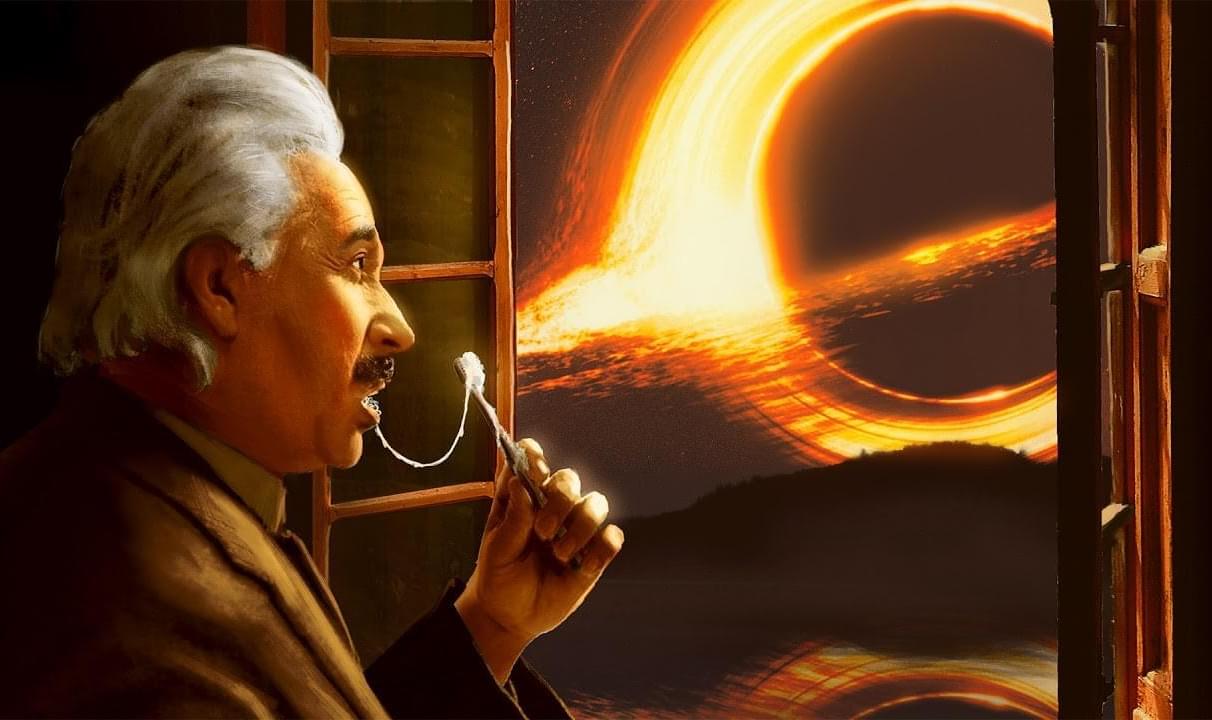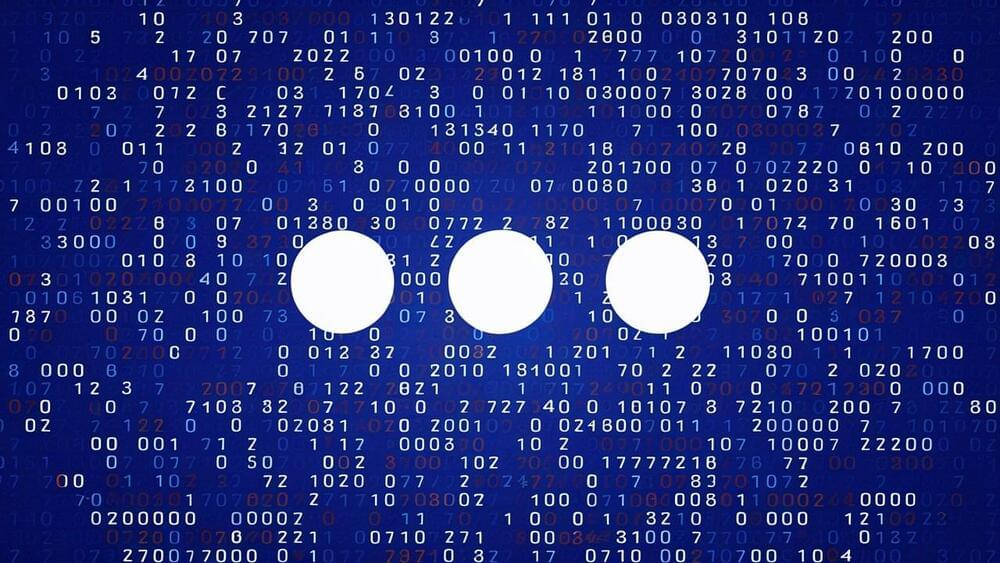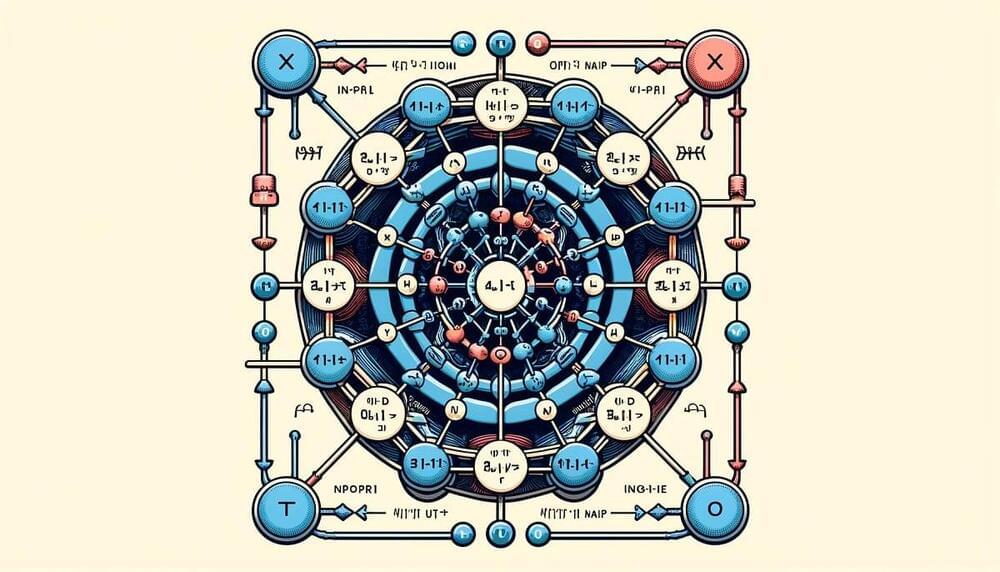May 4, 2024
“Tube Map” for Space: Unlocking Planetary Paths With Knot Theory
Posted by Saúl Morales Rodriguéz in categories: computing, mapping, mathematics, space
A novel mathematical technique from the University of Surrey now simplifies space mission planning by mapping efficient routes, akin to a subway map, potentially revolutionizing travel to the Moon and beyond.
Just as sat-nav did away with the need to argue over the best route home, scientists from the University of Surrey have developed a new method to find the optimal routes for future space missions without the need to waste fuel.
The new method uses mathematics to reveal all possible routes from one orbit to another without guesswork or using enormous computer power.
